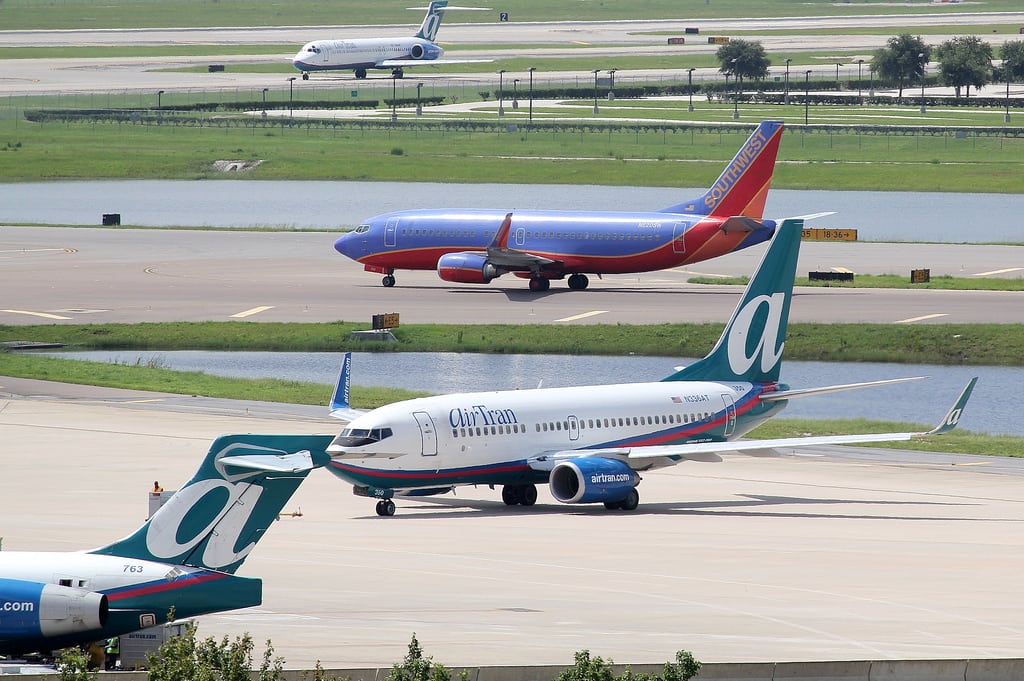Skift Take
Southwest already has a lot on its plate without additional acquisitions: international expansion, a new reservations system and expansion of its ancillary service capabilities. With all of the consolidation in the U.S. airline industry, there is a lot less to buy even if Southwest had the inclination.
When Southwest acquired AirTran for some $1.4 billion in 2011, Southwest’s growth opportunities “were in need of some refreshing,” CEO Gary Kelly recalled yesterday.
But that was then and this is now.
Asked during the airline’s first quarter earnings call whether Southwest would again consider merger and acquisition activity in the currently favorable market for aviation, Kelly reflected on the AirTran acquisition and said M&A initiatives would be a lower priority.
Speaking hypothetically Kelly said M&A activity would be appropriate for Southwest “in a period where our organic growth opportunities are less either because of cost pressures or cost uncertainties or we just run out of geography.”
At the time of the AirTran acquisition “our organic growth opportunities were in need of some refreshing and through the acquisition of AirTran, plus the other strategic initiatives that we embarked upon, we changed that,” he said.
Kelly said the AirTran acquisition enabled Southwest to expand Southwest’s “48-state route map” and to gain experience operating international routes.
“I think the most important part of the international piece is it gave us real live experience in international markets for us to begin to formulate future plans,” Kelly said. “So that sort of describes the kind of scenario that would — that interested us in the past — and I think would logically interest us again in the future.”
Southwest is keenly looking forward to the completion toward the end of 2015 of its new five-gate international terminal at Houston William P. Hobby Airport. The terminal will be the locus of Southwest’s launch of six nonstop international destinations in 2015 and 2016.
“Now what’s different of course in 2015 than in 2010 [when Southwest agreed to acquire AirTran] when all that was going on, is that now we have more places to go, more places to grow than we’d had probably at any given point in time in our history,” Kelly said.
“So, I would fully admit that M&A would be a distraction to pursuing our current growth opportunities, and one would have to have a really good reason to be distracted. I’m not suggesting that that couldn’t be possible but it’s certainly a lower priority as we think about all the things that we want to do today with our current system.”
But as Kelly would readily admit, market conditions can change rapidly. Today’s distractions can always morph into tomorrow’s priorities.
The Daily Newsletter
Our daily coverage of the global travel industry. Written by editors and analysts from across Skift’s brands.
Have a confidential tip for Skift? Get in touch
Tags: airtran, low-cost carriers, southwest airlines
Photo credit: Southwest and AirTran aircraft at Orlando Airport on July 2, 2011, a couple of months after their merger closed. Anthony Dolce / Flickr
